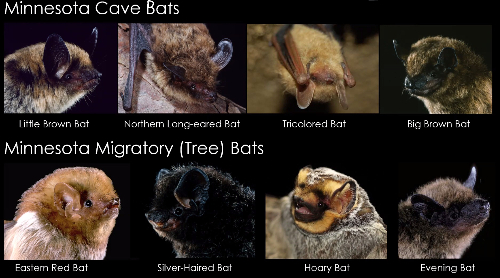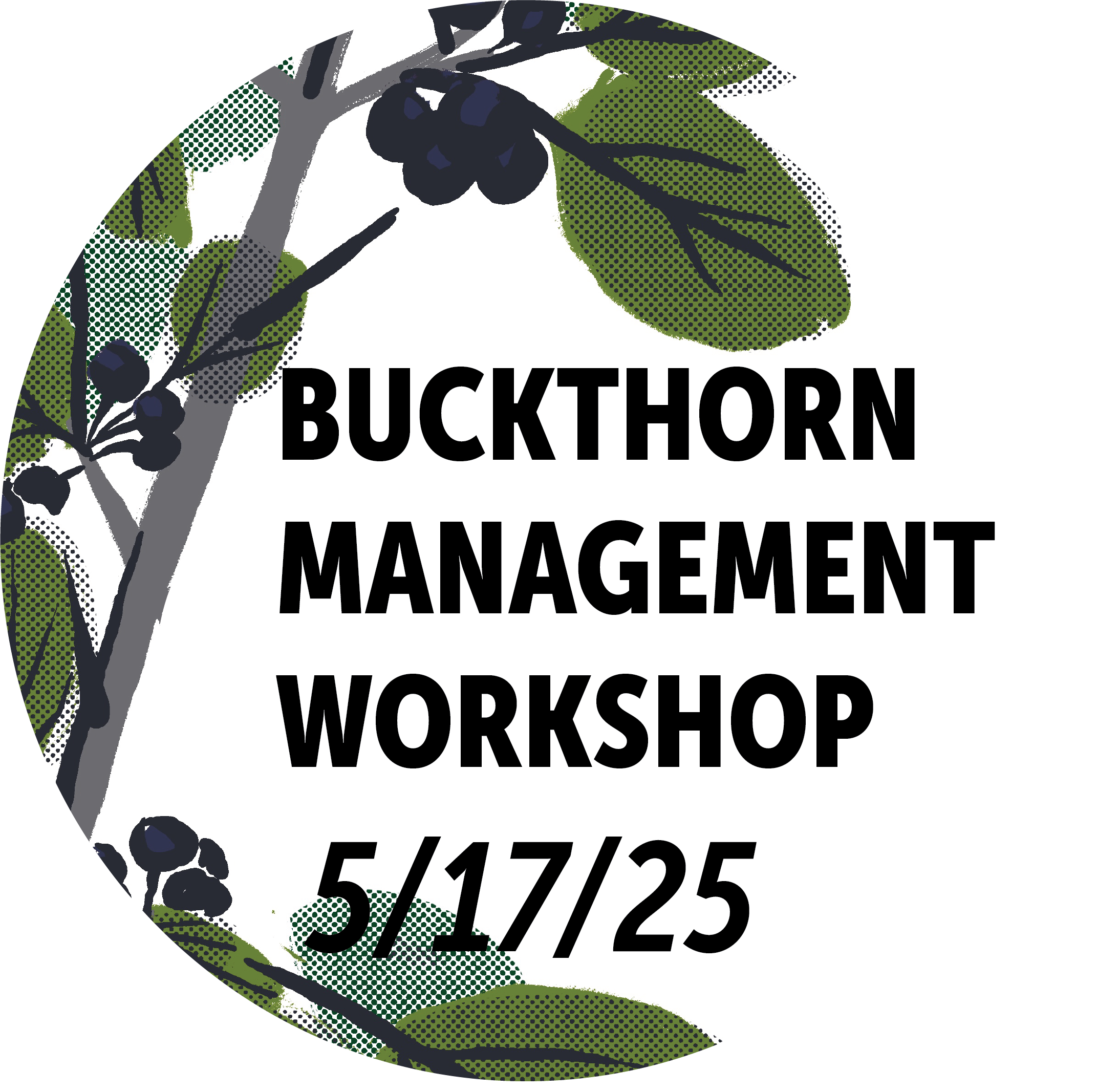The WHY
BIRDS
North American bird populations have been in decline over the past half century, with a loss of about 3 billion birds (30%) since 1970.

Some of the threats that birds face include:
- Habitat loss (particularly for grassland species)
- Food loss due to insect declines
- Illness/death among raptors due to hunting poisoned rodents
- Window collisions
- Light pollution disrupting migratory birds (March 15 - May 31 & Aug. 15 - Oct. 31)
You can learn more from Saint Paul Audubon and their booklet Go Native.
The Audubon Society has a list of Important Bird Areas and we have one here in Arden Hills: AHATS/Rice Creek North. 210 species of birds have been spotted there! While AHATS is not open to the public, the Rice Creek North Regional Trail is. To access the Arden Hills portion (the Central Section), you can find the parking lot on the north side of County Road I, just east of 35W (in Shoreview). A crosswalk from the far end of the lot will take you across I and into the Central Section. Full-sized trail maps can be found here.

BATS
Over half of North American bat species are in serious decline or endangered. This is due to several factors, including habitat loss, collisions with wind turbines, and the spread of White Nose Syndrome–a fungal disease that rapidly spreads among hibernating bats. (Bats are not able to store large amounts of body fat prior to hibernation, so any disturbance that wakes them up will burn up their limited fat reserves, often leading to death.) According to MnDOT, “It is estimated that white nose syndrome has been responsible for at least 5.7 million bat deaths.”
“Having a healthy, resilient ecosystem of native trees and plants that enables native insects to thrive is critical to bat survival.” -Angela Gupta, UMN Extension educator in forestry

You can learn more about the seven species of bats commonly found in MN from the DNR.
